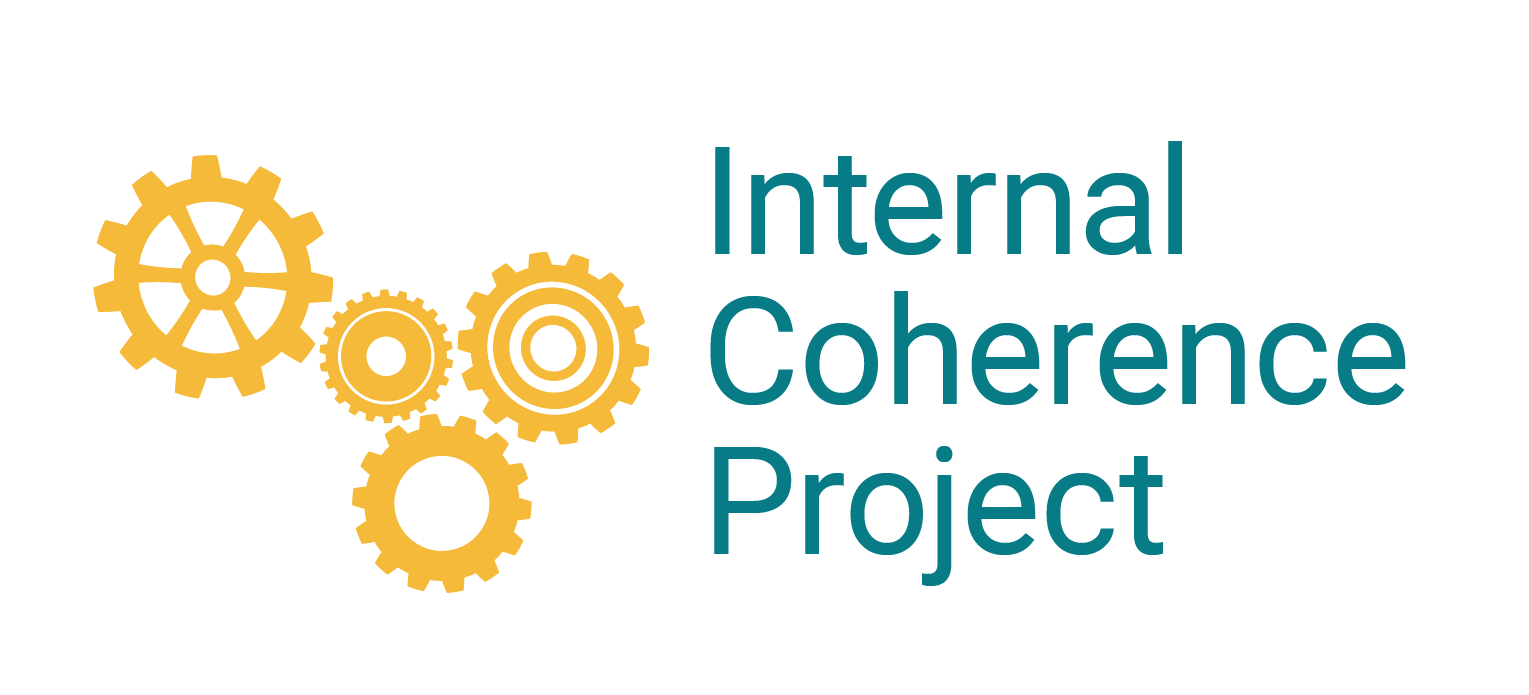Using Surveys and Observations
The data from the teacher survey are used to produce a school profile of teachers’ responses on the three dimensions that can be used by teachers, school leaders, supervisors, and support staff to identify key areas on which individual schools can focus their school improvement work. Because the teacher survey constitutes the major source of evidence on the school as an organizational environment, it is critical that all teachers respond to it. We have placed the minimum response rate at 65% for the production of a profile. The product of this part of the assessment will be a report of teacher survey results, grouped by the major categories of the assessment.
Interviews/Focus Groups
In addition to the teacher survey, the internal coherence assessment requires a set of interviews, and optional focus groups, that serve three purposes: (1) to corroborate, with the voice of teachers, some of the broader themes and findings of the teacher survey; (2) to provide direct evidence from school leaders, who are not included in the teacher survey, on the major dimensions of the internal coherence framework; and (3) to provide specific contextual information about the school that is useful in understanding its school improvement work. Currently, the selection of teachers for both interview and observation is left to the discretion of the principal. Because of the small sample size (typically 4-6 teachers are interviewed and 4-6 observed, with the possibility of overlap) results of this component of the diagnostic serve purely for the learning of the research team and district leadership: interview data is not reported back to administrators in schools.
Classroom Observations
The purpose of the classroom observation component of the assessment process is to obtain a thumbnail sketch of the level of cognitive demand of instruction and the degree of variability from classroom to classroom in a given school (City, Elmore, Fiarman, and Teitel 2009). It is not designed to provide an exhaustive profile of instructional practice, nor is it designed to be used in an evaluative fashion to judge how well the school is doing, but to provide additional information on the organizational context of the school.
The Internal Coherence Assessment and Protocol was developed by a team consisting of Richard Elmore, Michelle Forman, Elizabeth Leisy Stosich, and Candice Bocala.
If you are interested in learning more about how the Internal Coherence Project works with schools, school systems, and other education partners, please email Michelle Forman at mforman@serpinstitute.org.
